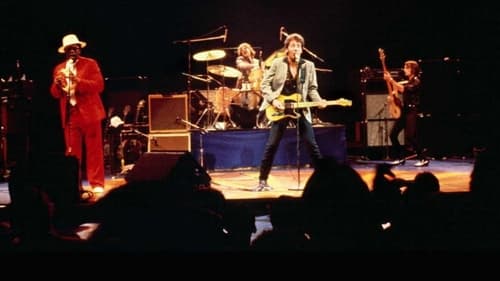
Camera Operator
“The Legendary 1979 No Nukes Concerts,” a Bruce Springsteen and The E Street Band film featuring ten never-before released performances from the Madison Square Garden MUSE benefit concerts, and full footage of the band’s entire setlist, will be released worldwide for the first time. Edited by Bruce’s longtime collaborator Thom Zimny from the original 16mm film alongside remixed audio from Bob Clearmountain, “The Legendary 1979 No Nukes Concerts” represent the highest quality and best recorded Bruce performances from an explosive, ascendant and rarely-filmed era of the E Street Band.A composite of two performances captured during the multi-day ‘No Nukes’ concerts, the film packs the intensity of a marathon show into a crackling 90 minute run-time.
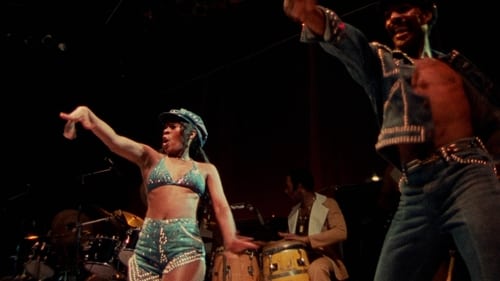
Cinematography
Soul Power is a 2008 documentary film about the Zaire 74 music festival in Kinshasa which accompanied the Rumble in the Jungle heavyweight boxing championship match between Muhammad Ali and George Foreman in October 1974. The film was made from archival footage; other footage shot at the time focusing on the fight was edited to form the film When We Were Kings.
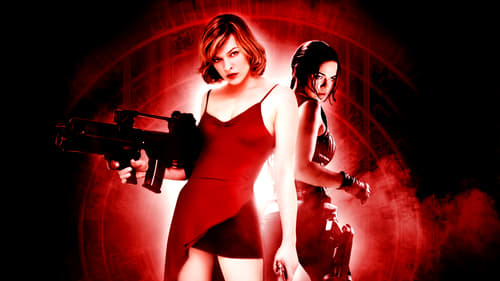
Third Assistant Director
21世紀初頭。全米No.1の巨大複合企業であり、アメリカでの家庭用医薬品シェア90%を誇るアンブレラ社。その裏の姿は、細菌兵器の開発などを行う「死の商人」であった。ある日、ラクーンシティにある秘密地下研究所で、研究中のT-ウイルスが何者かの手によって漏れ出し空調設備を通じて所員全員がT-ウイルスに感染した。ウイルスの漏えいを防ぐため施設の制御コンピュータ「レッド・クイーン」はハイブ内の各通路を封鎖し、500人を超える所員全員を死亡させて汚染を施設内に封じ込めた。この事故を知ったアンブレラ社は、事故の原因はレッド・クイーンの誤作動と判断しレッド・クイーンをシャットダウンするため特殊部隊を現地へ派遣する。
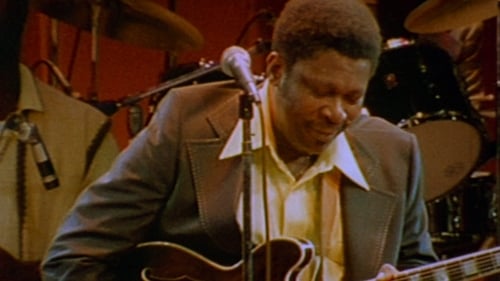
Director of Photography
It's 1974. Muhammad Ali is 32 and thought by many to be past his prime. George Foreman is ten years younger and the heavyweight champion of the world. Promoter Don King wants to make a name for himself and offers both fighters five million dollars apiece to fight one another, and when they accept, King has only to come up with the money. He finds a willing backer in Mobutu Sese Suko, the dictator of Zaire, and the "Rumble in the Jungle" is set, including a musical festival featuring some of America's top black performers, like James Brown and B.B. King.
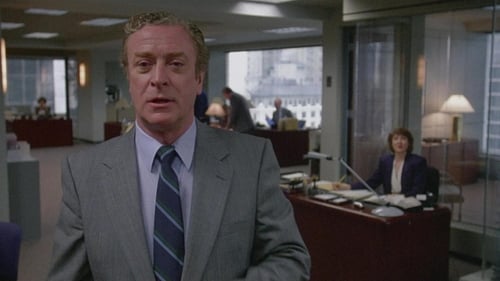
Director of Photography
Madison Avenue executive Graham Marshall has paid his dues. A talented and devoted worker, he has suffered through mounting bills and a nagging wife with one thing to look forward to: a well-deserved promotion. But when the promotion is given to a loud-mouthed yuppie associate, Graham unleashes his rage on an overly aggressive panhandler, who he accidently kills by pushing him into the path of an oncoming subway train. He re-thinks his problems with an entirely new solution. First, he arranges an "accident" for his annoying wife. Then he creates another "mishap" for his boss. It seems like the world is once more Graham's oyster…but a missing cigarette lighter and a prying police detective may change all that.

Cinematography
A dance drama work which, through movement and very little spoken text, details the interaction of several people residing at or visiting a motel or motor inn named Mountain View. Choreographer Marta Renzi and independent film director John Sayles were invited to collaborate on writing and directing this half-hour for public television.

Director of Photography
Based on a true story about a woman who is institutionalized as mentally retarded for 30 years while struggling to reach the outside world through her writing.
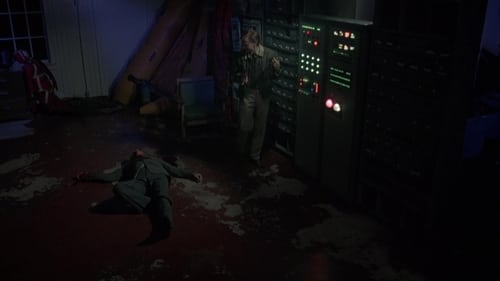
Director of Photography
After a psychopath murders a man who was on his way to a job as a deputy sheriff in a small California town, he assumes the deputy's identity and arrives in town to start his new 'job'. What he doesn't know is that the recently appointed sheriff and his mistress are plotting to murder her evil husband—and blame it on the new deputy.
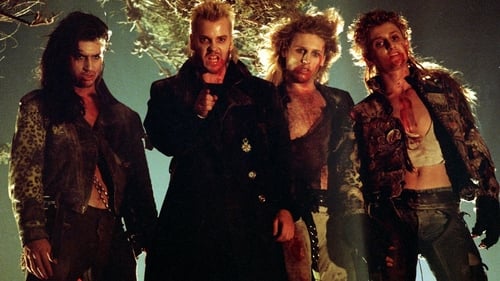
Second Unit Director of Photography
A mother and her two teenage sons move to a seemingly nice and quiet small coastal California town yet soon find out that it's overrun by bike gangs and vampires. A couple of teenage friends take it upon themselves to hunt down the vampires that they suspect of a few mysterious murders and restore peace and calm to their town.

Cinematography
Documentary about the famed Hollywood director.
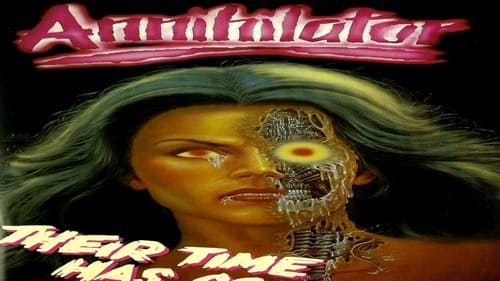
Director of Photography
Humanoid killer robots stalk a newspaperman, who has knowledge of their existence. One of the robots is made to look like his girl friend.

Director of Photography
Two young lovers learn that a small group of child-like space aliens are marooned on Earth and are being held prisoner at a top secret military facility. The couple then decide to liberate the extraterrestrial castaways and help them make a rendezvous with a rescue ship sent from the alien home planet.

Director of Photography
Lily Bart, a well-born, but penniless woman of the high society of New York City, who was raised and educated to become wife to a rich man. As an unmarried woman with gambling debts and an uncertain future, Lily is destroyed by the society who created her...

Director of Photography
A day-in-the-life documentary with Garry Marshall. Marshall was an executive producer for ABC and was responsible for such hit shows as Laverne and Shirley, Happy Days, and Mork and Mindy. This tape features several behind the scenes segments from these shows' productions. Marshall is also interviewed about the nature of television production and comedy.
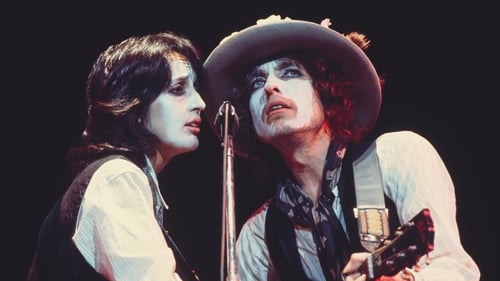
Director of Photography
Filmed in the autumn of 1975 prior to and during Bob Dylan's Rolling Thunder Revue tour – featuring appearances and performances by Ronee Blakley, T-Bone Burnett, Jack Elliott, Allen Ginsberg, Arlo Guthrie, Ronnie Hawkins, Roger McGuinn, Joni Mitchell, Mick Ronson, Arlen Roth, Sam Shepard, and Harry Dean Stanton – the film incorporates three distinct film genres: concert footage, documentary interviews, and dramatic fictional vignettes reflective of Dylan's song lyrics and life.

Cinematography
He was the 16-year-old Guru Maharaj Ji and, as the Millennium approached, he promised to levitate the Huston Astrodome. It was the early Seventies and anything was possible so thousands flocked to his gathering. Follow him from his mansion in New York to the limousines in Houston, listen to his followers and watch the spectacle unfold just as TVTV did in this Alfred I. du Pont award wining documentary.

Director of Photography
A homeless man and woman prepare for and enjoy a special Sunday dinner

Cinematography
Jeremy is learning cello at an arts school in New York. At school he spots Susan, who practices for a ballet audition, and he falls in love.

Cinematography
This experimental film, a self-described mix of reality and fiction shot in Greenwich Village and a Vermont commune, captures past and present moments from the life of Mel Howard, the film’s co-writer & co-narrator. Scenes chronicling Howard’s doomed romance with Scandinavian girl friend Turid Aarsted are interwoven with scenes detailing Howard’s relationship with his parents and with a former girl friend, as well as his failed attempts at moviemaking. One sequence depicts Aarsted leaving the thirty-seven-year-old Howard for the film’s cameraman, Paul Goldsmith, and includes a sex scene between the new lovers. In off-screen commentary, producer Kenneth E. Schwartz expresses concern about the film’s content. He reveals that he raised $50,000 for the project, complains to the viewer that the film was not supposed to be a “diary of freaky people.” Eventually he and Howard come to terms about the film’s direction and allow the film’s story to unfold unobstructed.

Cinematography
Young New York City activists, led by street singer Freemont Zappata and his girl friend, Marian, hijack broadcasting equipment that enables them to interrupt network television. Delivering their own message on the air, the group promotes peace and ecological awareness while decrying war and consumerism. After one group member divulges their location to authorities, federal agents arrest Freemont, send him to trial and convict him. The group subsequently frees Freemont from a detention center, then continues their broadcasts, while Freemont rides his horse alone along a bridle path.

Director of Photography
A mosaic biopic on Lorraine Hansberry, based on the stage play combining her unpublished writings, letters, and diaries.
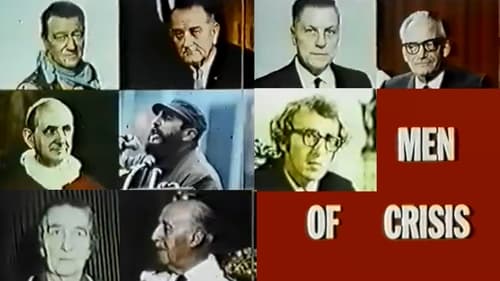
Camera Operator
Dr. Harvey Wallinger is one of Nixon's aides who rises through the ranks to become the "real" power behind the president.
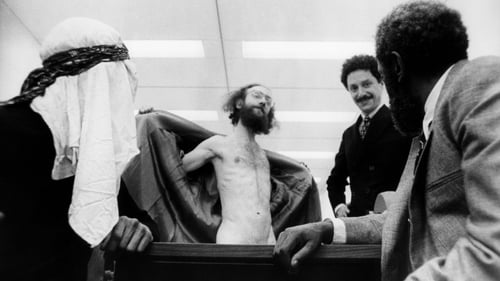
Lighting Design
Swope—the only black man on the executive board of an advertising firm—is accidentally put in charge after the death of the chairman.



















